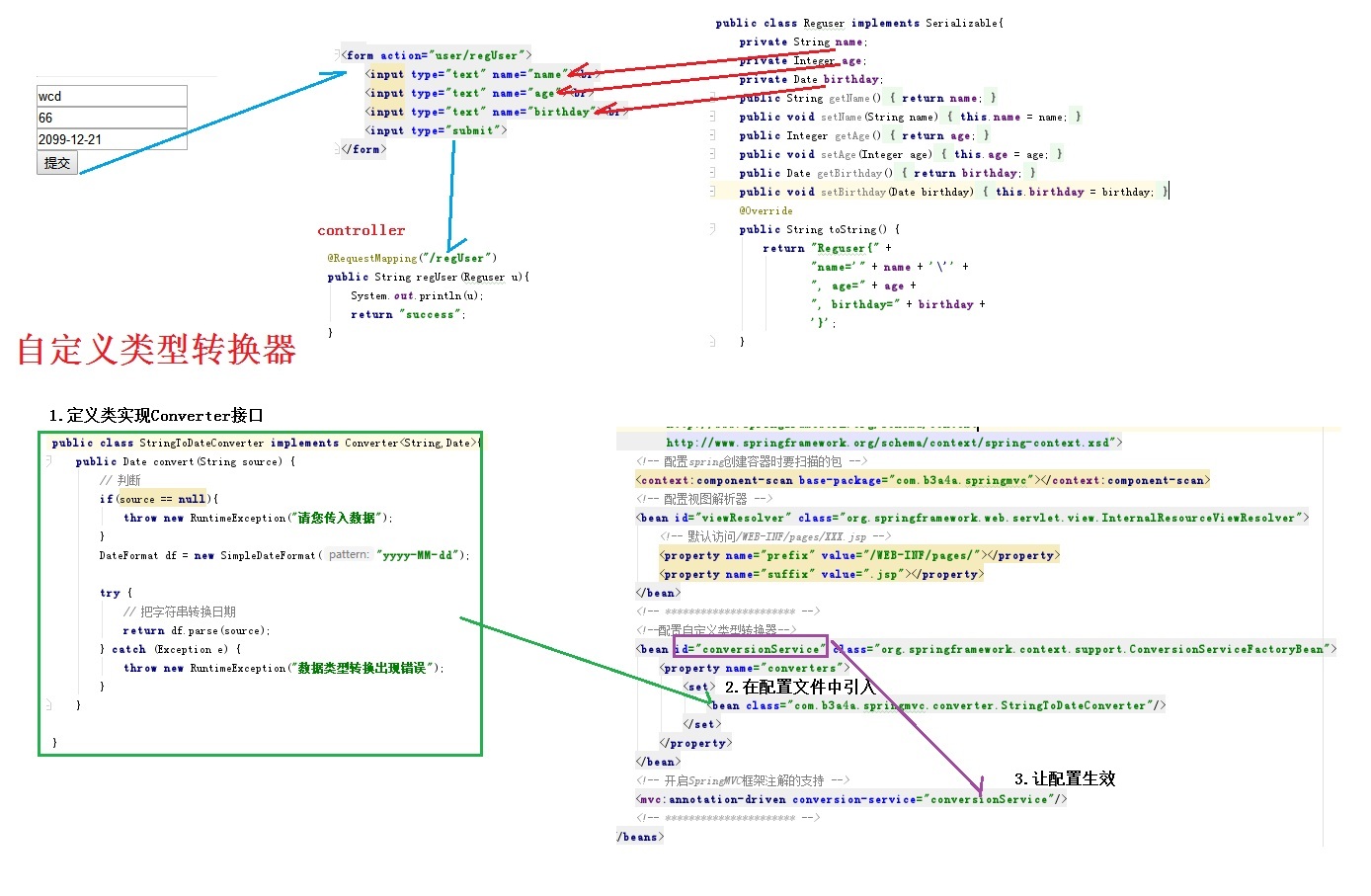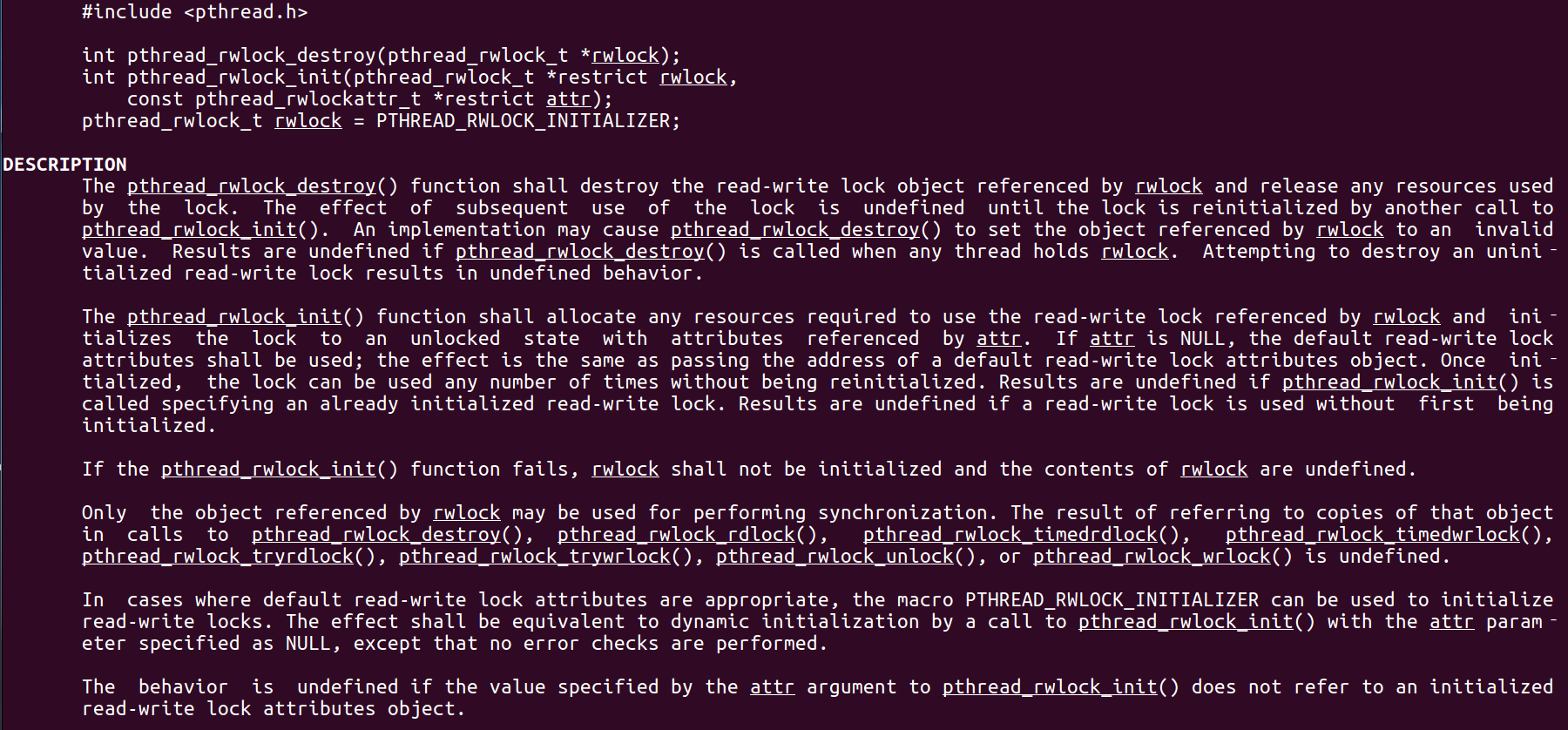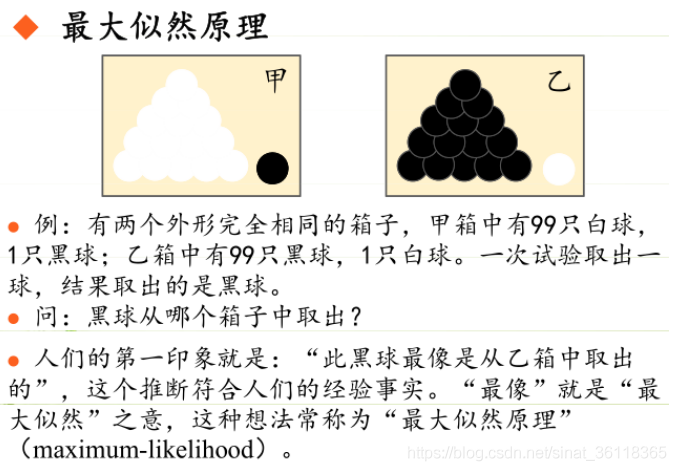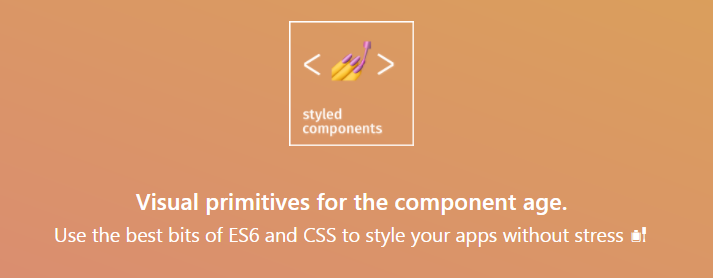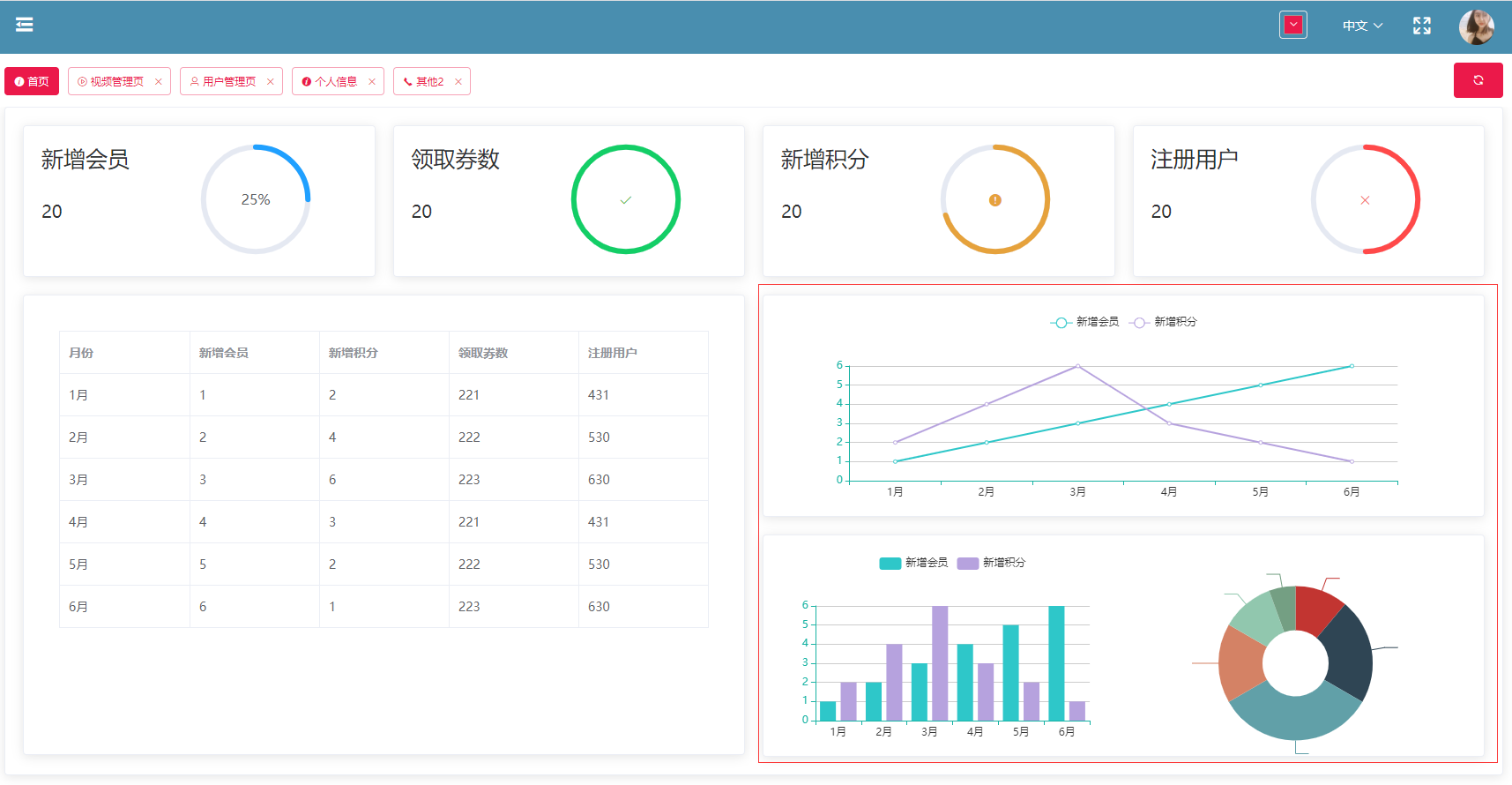Python基礎+數據科學入門(六)類
標簽: python基礎(數據學科入門)
聲明:該博客參考深度之眼的視頻課程,如有侵權請聯系小編刪除博文,謝謝! 若總結有所失誤,還請見諒,并歡迎及時指出。
類-面向對象編程

#創建類
class Cat(): #初始化屬性
def __init__(self, name): #init兩側有2個下劃線
self.name = name
def jump(self): #模擬貓的跳躍
print(self.name + " is jumping")
#用類創建實例
my_cat = Cat("Loser")
your_cat = Cat("Lucky")
#調用屬性
print(my_cat.name)
print(your_cat.name)
my_cat.jump()
your_cat.jump()
1.1 類
三要素:類名、屬性、方法
1.1.1 類的命名
要有實際意義
采用駝峰命名法
#class 類名
"""類前空兩行"""
class Car();
"""對該類的簡單介紹"""
pass
"""類后空兩行"""
1.1.2 類的屬性
class __init__(self, brand, model, year):
"""初始化汽車屬性""" #相當于類的內部變量
self.brand = brand #汽車的品牌
self.model = model #汽車的型號
self.year = year #汽車的出廠年份
self.mileage = 0 #汽車總里程初始化為0
1.1.3 類的方法
#相對于類內部的定義
class Car():
"""模擬汽車"""
def __init__(self, brand, model, year): #初始化汽車屬性
self.brand = brand #汽車的品牌
self.model = model #汽車的型號
self.year = year #汽車的出廠年份
self.mileage = 0 #汽車總里程初始化為0
def get_main_information(self): #self不能省
"""獲取汽車主要信息"""
print("品牌:{} 型號:{} 出廠年份:{} ",format(self.brand, self.model, self.year))
def get_mileage(self):
"""獲取總里程數"""
return "行車總里程:{}公里".format(self.mileage)
1.2 創建實例
1.2.1 創建實例
將實例賦值給對象,實例化過程中,傳入相應的參數
v = 類名 (必要的初始化參數)
my_new_car = Car("Audi","A6",2018)
1.2.2 訪問屬性
類名:屬性名
print(my_new_car.brand)
print(my_new_car.model)
print(my_new_car.year)
1.2.3 調用方法
my_new_car = Car("Audi","A6",2018)
my_new_car.get_main_information()
s = my_new_car.get_mileage()
print(s)
1.2.4 屬性的修改
- 直接修改
my_old_car = Car("BYD", "宋",2016)
my_old_car.mileage = 12000
print(my_old_car.mileage)
print(my_old_car.get_mileage())
- 通過方法修改屬性
def set_mileage(self, distance):
self.mileage = distance
my_old_car.set_mileage(8000)
print(my_old_car.get_mileage())
將每次的里程數累加
def increment_mileage(self,distance):
self.mileage = self.mileage + distance
my_old_car.increment_mileage(500)
print(my_old_car.get_mileage())
小結
my_cars = [my_new_car, my_old_car] #列表
1.3 類的繼承
1.3.1 簡單的繼承
父類
class Car():
"""模擬汽車"""
def __init__(self, brand, model, year): #初始化汽車屬性
self.brand = brand #汽車的品牌
self.model = model #汽車的型號
self.year = year #汽車的出廠年份
self.mileage = 0 #汽車總里程初始化為0
def get_main_information(self): #self不能省
"""獲取汽車主要信息"""
print("品牌:{} 型號:{} 出廠年份:{} ".format(self.brand, self.model, self.year))
def get_mileage(self):
"""獲取總里程數"""
return "行車總里程:{}公里".format(self.mileage)
def set_mileage(self, distance):
if distance < 0:
print("里程數不能為負!")
else:
self.mileage = distance
def increment_mileage(self,distance):
self.mileage = self.mileage + distance
子類
class 子類名(父類名):
- 新建一個電動汽車的類
class ElectricCar(Car):
"""模擬電動汽車"""
def __init__(self, brand, model, year):
super().__init__(brand, model, year) #聲明繼承父類的屬性
my_electric_car = ElectricCar("FF91","Tomorrow", 2048)
my_electric_car.get_main_information()
1.3.2 給子類添加屬性和方法
class ElectricCar(Car):
"""模擬電動汽車"""
def __init__(self, brand, model, year, bettery_size):
super().__init__(brand, model, year) #聲明繼承父類的屬性
self.bettery_size = bettery_size #電池容量
self.bettery_quantity = bettery_size #電池剩余電量
self.bettery2distance_ratio = 5 #電池距離換算系數 5公里/kw.h
self.remainder_range = self.bettery_quantity*self.bettery2distance_ratio #剩余可行駛里程
def get_electric_quantity(self): #查看當前電池電量
print("當前電池剩余電量: {} kw.h".format(self.bettery_quantity))
def set_electric_quantity(self, bettery_quantity): #設置當前電池電量
if bettery_quantity < 0 or bettery_quantity > self.bettery_size:
print("電量未設置在合理范圍內!")
else:
self.bettery_quantity = bettery_quantity
self.remainder_range = self.bettery_quantity*self.bettery2distance_ratio
def get_remainder_range(self):
print("當前電量還可以繼續行駛{}公里!".format(self.remainder_range))
my_electric_car = ElectricCar("FF91","Tomorrow", 2048, 70)
my_electric_car.get_main_information()
my_electric_car.get_electric_quantity()
my_electric_car.set_electric_quantity(50)
my_electric_car.get_remainder_range()
1.3.3 重寫父類的方法–多態
def get_main_information(self): #重寫父類方法
print("品牌:{} 型號:{} 出廠年份:{} 續航里程 {} 公里".format(self.brand, self.model, self.year, self.bettery_size))
1.3.4 用在類中的實例
把電池抽象成一個對象
class Bettrry():
def __init__(self, bettery_size = 70):
self.bettery_size = bettery_size #電池容量
self.bettery_quantity = bettery_size #電池剩余電量
self.bettery2distance_ratio = 5 #電池距離換算系數 5公里/kw.h
self.remainder_range = self.bettery_quantity*self.bettery2distance_ratio #剩余可行駛里程
def get_electric_quantity(self): #查看當前電池電量
print("當前電池剩余電量: {} kw.h".format(self.bettery_quantity))
def set_electric_quantity(self, bettery_quantity): #設置當前電池電量
if bettery_quantity < 0 or bettery_quantity > self.bettery_size:
print("電量未設置在合理范圍內!")
else:
self.bettery_quantity = bettery_quantity
self.remainder_range = self.bettery_quantity*self.bettery2distance_ratio
def get_remainder_range(self):
print("當前電量還可以繼續行駛{}公里!".format(self.remainder_range))
class ElectricCar(Car):
"""模擬電動汽車"""
def __init__(self, brand, model, year, bettery_size):
super().__init__(brand, model, year) #聲明繼承父類的屬性
self.bettery = Bettrry(bettery_size)
def get_main_information(self): #重寫父類方法
print("品牌:{} 型號:{} 出廠年份:{} 續航里程 {} 公里".format(self.brand, self.model, self.year, self.bettery.bettery_size*self.bettery.bettery2distance_ratio))
my_electric_car = ElectricCar("FF91","Tomorrow", 2048, 70)
my_electric_car.get_main_information()
my_electric_car.bettery.set_electric_quantity(50)
my_electric_car.bettery.get_electric_quantity()
my_electric_car.bettery.get_remainder_range()
智能推薦
freemarker + ItextRender 根據模板生成PDF文件
1. 制作模板 2. 獲取模板,并將所獲取的數據加載生成html文件 2. 生成PDF文件 其中由兩個地方需要注意,都是關于獲取文件路徑的問題,由于項目部署的時候是打包成jar包形式,所以在開發過程中時直接安照傳統的獲取方法沒有一點文件,但是當打包后部署,總是出錯。于是參考網上文章,先將文件讀出來到項目的臨時目錄下,然后再按正常方式加載該臨時文件; 還有一個問題至今沒有解決,就是關于生成PDF文件...
電腦空間不夠了?教你一個小秒招快速清理 Docker 占用的磁盤空間!
Docker 很占用空間,每當我們運行容器、拉取鏡像、部署應用、構建自己的鏡像時,我們的磁盤空間會被大量占用。 如果你也被這個問題所困擾,咱們就一起看一下 Docker 是如何使用磁盤空間的,以及如何回收。 docker 占用的空間可以通過下面的命令查看: TYPE 列出了docker 使用磁盤的 4 種類型: Images:所有鏡像占用的空間,包括拉取下來的鏡像,和本地構建的。 Con...
requests實現全自動PPT模板
http://www.1ppt.com/moban/ 可以免費的下載PPT模板,當然如果要人工一個個下,還是挺麻煩的,我們可以利用requests輕松下載 訪問這個主頁,我們可以看到下面的樣式 點每一個PPT模板的圖片,我們可以進入到詳細的信息頁面,翻到下面,我們可以看到對應的下載地址 點擊這個下載的按鈕,我們便可以下載對應的PPT壓縮包 那我們就開始做吧 首先,查看網頁的源代碼,我們可以看到每一...
猜你喜歡
Linux C系統編程-線程互斥鎖(四)
互斥鎖 互斥鎖也是屬于線程之間處理同步互斥方式,有上鎖/解鎖兩種狀態。 互斥鎖函數接口 1)初始化互斥鎖 pthread_mutex_init() man 3 pthread_mutex_init (找不到的情況下首先 sudo apt-get install glibc-doc sudo apt-get install manpages-posix-dev) 動態初始化 int pthread_...
統計學習方法 - 樸素貝葉斯
引入問題:一機器在良好狀態生產合格產品幾率是 90%,在故障狀態生產合格產品幾率是 30%,機器良好的概率是 75%。若一日第一件產品是合格品,那么此日機器良好的概率是多少。 貝葉斯模型 生成模型與判別模型 判別模型,即要判斷這個東西到底是哪一類,也就是要求y,那就用給定的x去預測。 生成模型,是要生成一個模型,那就是誰根據什么生成了模型,誰就是類別y,根據的內容就是x 以上述例子,判斷一個生產出...
styled-components —— React 中的 CSS 最佳實踐
https://zhuanlan.zhihu.com/p/29344146 Styled-components 是目前 React 樣式方案中最受關注的一種,它既具備了 css-in-js 的模塊化與參數化優點,又完全使用CSS的書寫習慣,不會引起額外的學習成本。本文是 styled-components 作者之一 Max Stoiber 所寫,首先總結了前端組件化樣式中的最佳實踐原則,然后在此基...
19.vue中封裝echarts組件
19.vue中封裝echarts組件 1.效果圖 2.echarts組件 3.使用組件 按照組件格式整理好數據格式 傳入組件 home.vue 4.接口返回數據格式...



